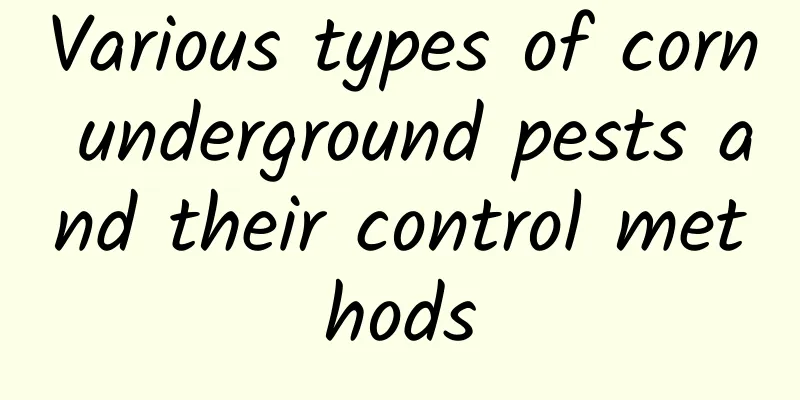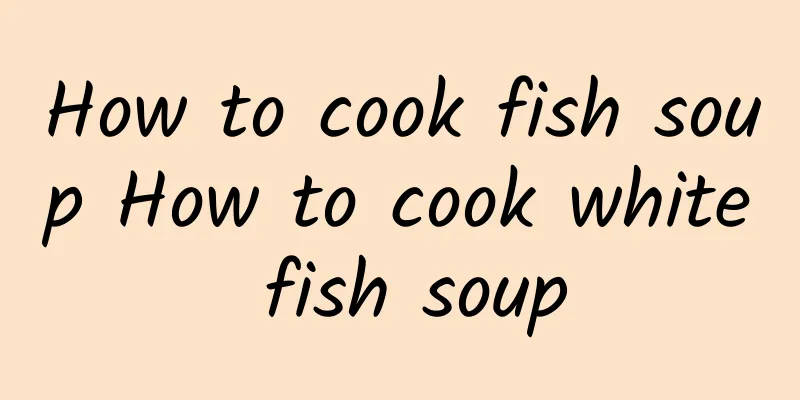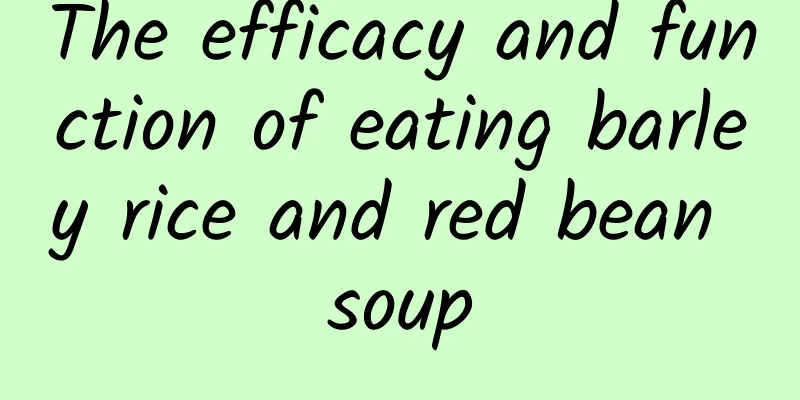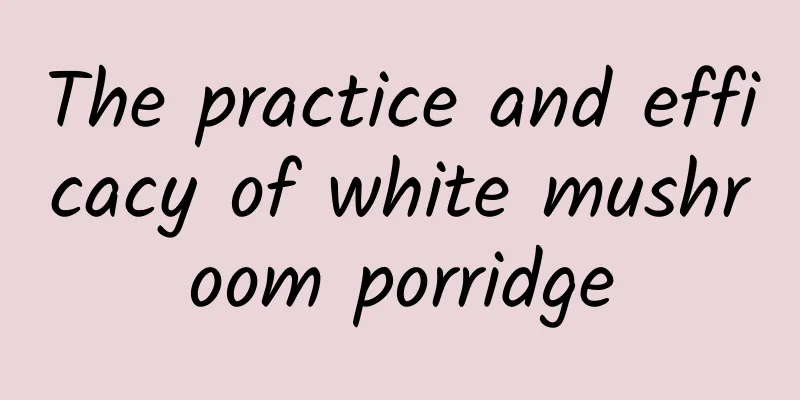Various types of corn underground pests and their control methods

|
Today I have nothing to do to tell you about the prevention and control methods of corn underground pests: (1) WirewormThe wireworms caused serious damage to the fields, including missing seedlings and broken ridges. The wireworms bore into the base of the corn seedlings' stems, causing the heart leaves of the aboveground corn to wither and the rhizomes to become tangled, and the seedlings to wilt and die. The peak period of damage was mid-July. How to check whether there are wireworms? Check the corn seedlings. If they just start to wilt, dig up the soil around the roots immediately. It is possible that the wireworms are burrowing at the base of the corn stems or in the soil and have not yet moved to cause damage. When the rate of damaged plants is high, you need to use medicine. Prevention and control suggestions: Use 2.8% pyrethroid (Shengju) emulsifiable concentrate 20-25 ml/bucket of water, spray on the soil surface around the corn roots; use 20% cypermethrin aqueous solution 500 ml/mu, pour in with water, or mix into 40 kg of medicated soil, sprinkle on the corn roots, and then water it a little. (2) Sunflower mealybugSunflower mealybugs live mainly at the roots of corn. They are flat and oval, like woodlice, 0.2 to 0.5 cm long, and covered with white powder. They damage the roots and cause rot, suck the juice of the plants, and make the plants dwarfed and stop growing, and the lower leaves wither and die. It seems that they lack fertilizer and water. Therefore, they are often misdiagnosed. Farmers should check the roots of plants that are short, not growing, and have dry leaves in time. If there are white flocs and small white worms on the roots, sunflower mealybugs have occurred. Prevention and control suggestions: 48% Chlorpyrifos EC or 50% Phoxim EC or 40% Acephate EC, use 500 ml per mu. Or use the above agents to mix with water to make medicated soil, sprinkle around the corn roots, and then water, and prevent again after 10 days. You can also use 1500 times of 48% Chlorpyrifos EC or 800~1000 times of 50% Phoxim EC to irrigate the roots. (3) Spodoptera exiguaThe larvae hide under the straw and are easily confused with cutworms. They bite or bore into the roots of corn, causing the corn to wilt or fall over. The larvae cause damage from late June to mid-July. Prevention and control suggestions: First, spread poison bait. Use 4-5 kg of fried wheat bran or crushed and fried cottonseed cake per mu, mix with 500 g of trichlorfon (stomach poison, contact poison) or chlorpyrifos (contact poison, stomach poison, fumigation) with a small amount of water to make poison bait, and spread it along the ridges beside the corn seedlings in the evening. Second, use poison sand. Use 300-500 ml of dichlorvos per mu mixed with 25 kg of fine sand, and spread it along the ridges beside the corn seedlings in the morning, which has a better control effect. (4) |
<<: Corn underground pest control methods
>>: Corn armyworm damage Corn armyworm control technology points
Recommend
Can pregnant women eat cherries?
Can pregnant women eat cherries? I believe many f...
What is Android Authority? Android Authority review and website information
What is Android Authority? Android Authority is an...
The efficacy, function and medicinal value of loquat leaves
In life, many people like to drink loquat leaves ...
How is moooi? Moooi review and website information
What is moooi? Moooi is a top home design brand in...
What is Australian Women's Weekly like? Australian Women's Weekly reviews and website information
What is the Australian Women's Weekly website?...
How is the Chinese Embassy in the UK? Reviews and website information of the Chinese Embassy in the UK
What is the website of the Chinese Embassy in the ...
Fried mushroom skewers recipe and ingredients
The general processing method of mushrooms is to ...
How is Dior? Dior reviews and website information
What is Dior? Dior is a world-class luxury fashion...
Steps for making radish meatballs
Radish meatballs are an indispensable food during...
Millet, Red Dates and Wolfberry Porridge
I wonder if you have ever had millet, red dates a...
Wang Lian pictures and effects
Victoria amazonica is an aquatic plant, generally...
The benefits of drinking blood chrysanthemum soaked in water
Blood chrysanthemum is a precious variety of the ...
How to eat dried squid How to make dried squid delicious
Dried squid is the dried squid, which is a common...
The benefits of eating tripe, the effects and methods of eating tripe
Many people have eaten tripe. It is a common food...
Ginger Porridge
How much do you know about ginger porridge? Let me...









